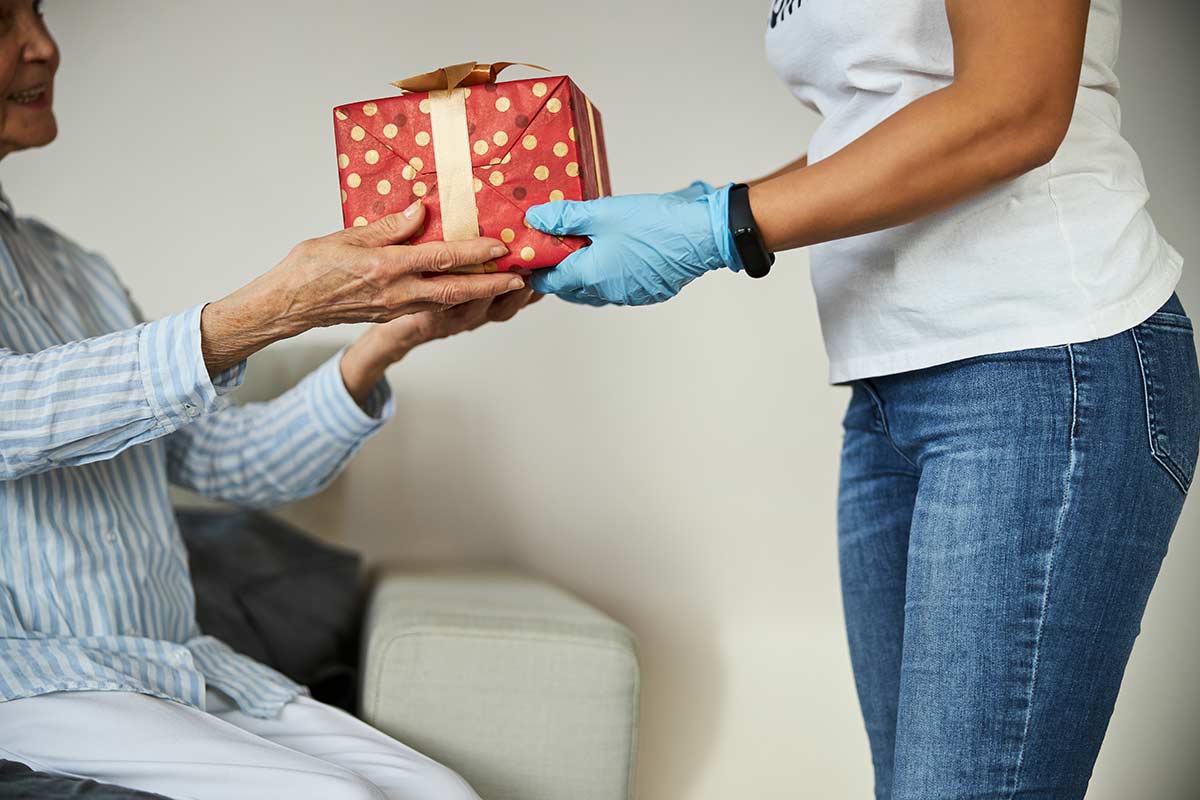January is Cervical Health Awareness Month – Send Someone With Cancer A Helpful Gift Box From Rock The Treatment
We all know someone with cancer and have heard, if not seen firsthand, how difficult it can be to get through treatments like chemotherapy and radiation. January is already a difficult month for many people – the post-holiday blues can set in, especially this year when so many are isolated because of Covid-19.
What You Should Know About Cervical Cancer
January is Cervical Health Awareness Month, which makes now a good time to share some information about cervical cancer and how you might reduce your risk of getting it.
What is Cervical Cancer?
Cancer starts when cells grow out of control. Cervical cancer starts in cells lining the cervix, which is the lower part of the uterus. The endocervix is the cervical opening that leads to the uterus, which contains glandular cells. The ectocervix is the outer part of the cervix that the doctor examines when you have a gynecological exam. The ectocervix contains squamous cells.
These cells meet in a cervical location called the transformative zone. Most cervical cancer begins in the transformative zone. Cervical cancer begins with pre-cancerous cells that can but don’t always grow into invasive cancer.
How Many Women Have Cervical Cancer?
The American Cancer Society estimates that in 2020 13,800 women will be diagnosed with invasive cervical cancer. More than 4,200 women will die from invasive cervical cancer in 2020.
Many more women are being diagnosed with cervical pre-cancer or very early stages of cervical cancer thanks to improved awareness, screening, and testing for things like the HPV virus. The result is that there are fewer fatalities from cervical cancer than there were in past years.
Can Cervical Cancer be Prevented?
There is no sure-fire way to prevent getting cancer. But, there are things you can do to reduce your risk of getting cervical cancer.
The America Cancer Society points out the most important things you can do:
- Get the HPV vaccine if you are eligible
- Get screened regularly beginning at age 25
Preventing cervical cancer focuses on two things: screening and testing to find and treat pre-cancers before they become invasive and getting the HPV vaccine to limit the ability of pre-cancers to develop in the first place.
Are There Other Ways to Reduce the Risk of Developing Cervical Cancer?
Doctors believe that the HPV virus plays a large role in the development of cervical cancer cells. HPV is spread from person to person by skin to skin contact with the infected area. It usually spreads from sexual contact via the genitals, mouth, or hands.
One of the best ways to reduce your risk of cervical cancer is to avoid HPV. The vaccine works well for this.
Limiting sexual contact with one or multiple partners can also help. Many people, however, don’t know they have HPV, so even one sexual encounter with an infected person can cause health problems to develop. Using condoms can reduce the risk of HPV transmission, although it is not 100% effective in doing so.
You might also be able to reduce your risk of cervical and other cancers by not smoking.
Send Cancer Gifts
Thankfully, cervical cancer, when detected in its early stages, can be treated with surgery, chemotherapy, or radiation – or a combination of these cancer treatments. At Rock the Treatment, we make it easy to let someone with cancer know you care and support them on their difficult journey. If someone you love has cervical cancer or any other type of cancer, send a helpful cancer gift basket from Rock The Treatment. Chemotherapy and radiation gift baskets are packed with the essentials needed to ease side effects of treatment, as well as enhance physical and mental well-being. See all of our cancer care packages and find the one that best supports their journey.

